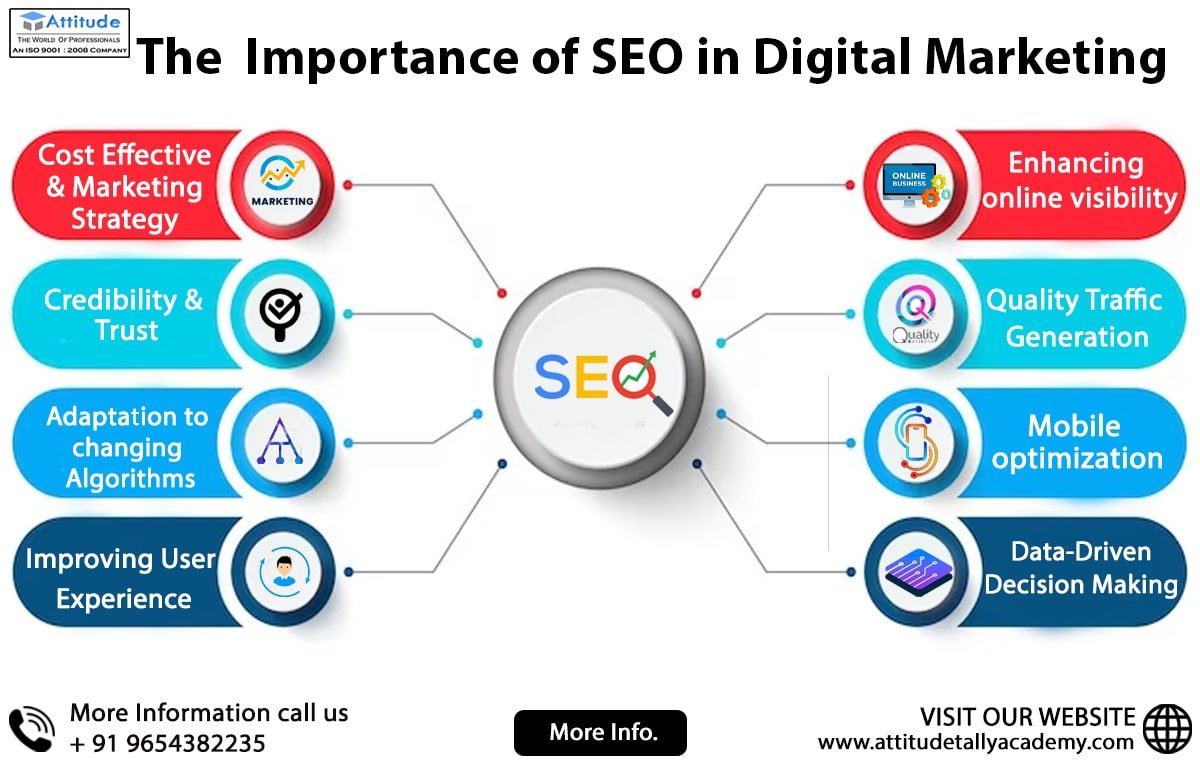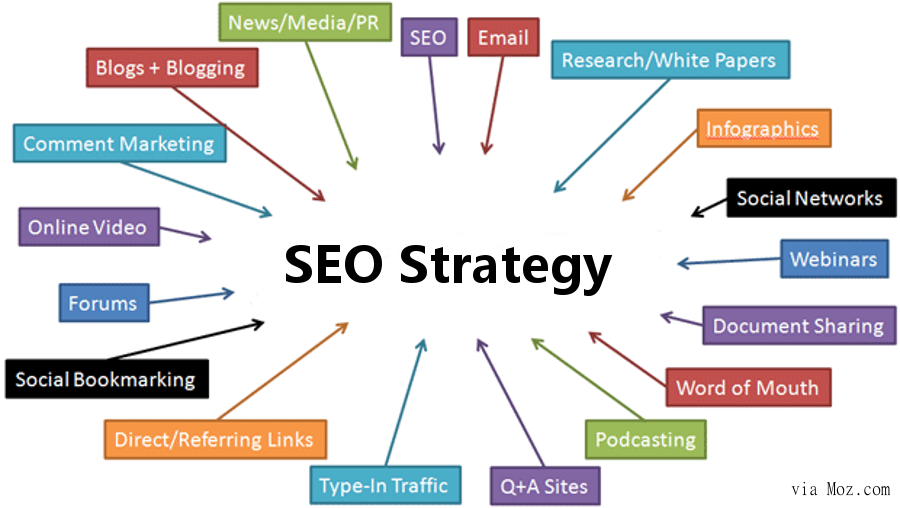Comprehensive Evaluation: What Is Not Considered a Default Medium in Google Analytics
Comprehensive Evaluation: What Is Not Considered a Default Medium in Google Analytics
Blog Article
Thinking Outside the Box: Leveraging Unique Tools to Maximize Google Analytics Efficiency
In the realm of electronic advertising and marketing, the quest for enhanced Google Analytics efficiency has actually ended up being a critical essential for businesses looking for to refine their on-line existence. By discovering non-traditional tools as opportunities of data collection, a brand-new world of possibilities emerges.
Unique Data Resources

CRM systems, for instance, can offer insights into private client interactions, purchase history, and preferences, which can be incorporated with Google Analytics information to create more customized advertising and marketing strategies. Social media platforms offer useful data on user demographics, rate of interests, and engagement metrics, permitting services to assess the effectiveness of their social networks projects and maximize web content for better performance. Email advertising and marketing information, consisting of open rates, click-through prices, and conversion metrics, can also be leveraged to track customer engagement and actions beyond internet site interactions caught by Google Analytics. By leveraging these unique information sources, businesses can improve their techniques, improve targeting initiatives, and enhance overall Google Analytics performance.
Social Network Insights

Additionally, social networks analytics tools enable organizations to track key efficiency signs, display campaign efficiency, and measure the impact of their on-line activities. Understanding the demographics of followers, identifying preferred material styles, and reviewing engagement levels can aid businesses tailor their advertising and marketing techniques for far better outcomes.
Offline Marketing Assimilation
Incorporating offline advertising strategies with electronic analytics can enhance general campaign performance and offer an extra thorough understanding of customer actions. what is not considered a default medium in google analytics. By connecting the gap between online and offline initiatives, businesses can track the impact of typical advertising and marketing networks such as print advertisements, TV commercials, straight mail, and occasions on their on the internet presence

In addition, carrying out telephone call radar for offline advertising and marketing tasks allows organizations to capture valuable data on client questions generated via printed materials or promotions (what is not considered a default medium in google analytics). By analyzing phone call data together with on the internet metrics in Google Analytics, companies can gain deeper insights into the client journey and maximize advertising and marketing strategies for improved performance across all channels
IoT and Wearable Modern Technology
Using IoT and wearable technology in electronic analytics can change information collection and customer understandings for organizations seeking a deeper understanding of user actions patterns. Wearable technology, such as smartwatches or physical fitness trackers, can offer understandings right into user tasks, health metrics, and also location data.
Gamification Methods
The application of gamification methods in electronic analytics provides an ingenious approach to improving user involvement and driving workable understandings for services. By integrating game-like components such as factors, badges, leaderboards, and compensates right into the analytics user interface, business can inspire users to communicate much more regularly and meaningfully with the data.
Gamification urges customers to explore different features of the analytics system, discovering valuable insights that might have otherwise gone undetected. Through interactive challenges and progress monitoring, individuals are incentivized to dig deeper right into the information, leading to boosted time invested in the platform and a higher chance of finding key trends or patterns.
In addition, gamification can promote a sense of competition among users, spurring them to aim for higher efficiency and engagement levels. This competitive spirit can drive enhanced individual adoption prices and an extra comprehensive utilization of the analytics tools readily available. Eventually, by leveraging gamification techniques in digital analytics, businesses can produce a more productive and appealing environment for users, causing even more educated decision-making and improved total performance.
Conclusion
Finally, leveraging unique tools such as one-of-a-kind data sources, social media understandings, offline marketing integration, IoT and wearable technology, and gamification approaches can enhance Google Analytics efficiency. By assuming outside the box and checking out these alternate resources of information, organizations can acquire useful understandings and enhance their total advertising techniques. It is crucial for firms to constantly check out new methods to Continue gather information and evaluate it in order to remain in advance in the ever-evolving electronic landscape.
By including information from resources such as consumer partnership monitoring (CRM) systems, social media systems, and email advertising and marketing projects, organizations can obtain a more comprehensive understanding of their audience habits and interaction patterns. Social media platforms provide valuable information on customer demographics, passions, and engagement metrics, allowing services to assess the effectiveness of their social media campaigns and maximize material visit site for far better performance. By leveraging these unique information sources, companies can improve their techniques, boost targeting efforts, and boost total Google Analytics efficiency.
Exploring social media understandings can supply companies with valuable data on customer demographics, interests, and engagement metrics, permitting for informed decision-making and tactical optimization of marketing efforts. By thinking outside the box and discovering these alternate sources of information, companies can obtain valuable understandings and improve their overall advertising approaches.
Report this page